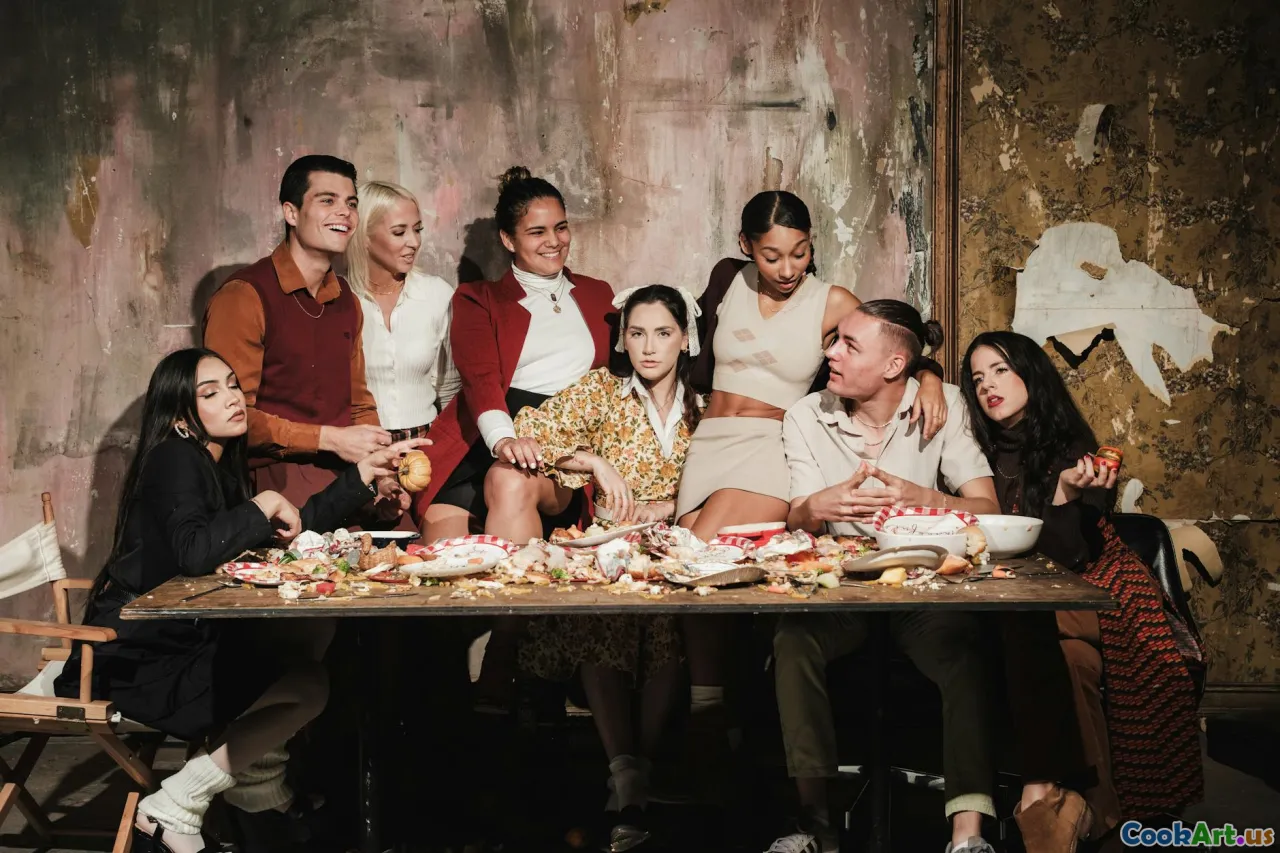Nurturing Connections Through Food
6 min read Explore how food fosters connections and nurtures relationships across cultures and generations, weaving a tapestry of shared experiences. April 12, 2025 11:00
Nurturing Connections Through Food
Food is more than sustenance; it is a universal language that transcends borders, cultures, and generations. Every meal shared, every recipe passed down, and every ingredient selected contributes to the rich tapestry of our shared human experiences. This article delves into how food nurtures connections, fosters relationships, and preserves cultural identities.
The Universal Language of Food
From the bustling streets of Bangkok to the quiet kitchens of Tuscany, food acts as a bridge between people. It allows for the expression of love, hospitality, and friendship. In many cultures, the act of sharing food is synonymous with sharing life. Whether it’s a simple family dinner or a grand festive feast, the act of gathering around a table creates a sense of community and belonging.
Shared Meals and Their Significance
Consider the traditional Sunday dinner in Italian-American families, where recipes are passed down through generations. The aroma of a simmering marinara sauce not only tantalizes the taste buds but also evokes memories of family gatherings, laughter, and storytelling. Similarly, in Mexican culture, the preparation of tamales is often a communal activity, where families come together to bond over the labor of making this beloved dish.
Cultural Exchange Through Culinary Experiences
Food is a powerful vehicle for cultural exchange. When we explore cuisines from around the world, we are not just tasting different flavors; we are experiencing the stories, traditions, and histories that accompany those dishes. For example, Japanese tea ceremonies are not merely about the tea itself but about the rituals, respect, and mindfulness that surround the preparation and consumption of tea.
Cooking as a Form of Connection
Cooking together can strengthen relationships in significant ways. It is an opportunity for collaboration, creativity, and communication. Couples, friends, and families often find that preparing a meal together allows them to connect on a deeper level. The kitchen becomes a stage for shared experiences, where laughter mingles with the sizzling sounds of food being prepared.
Celebrating Diversity Through Food
Every culture has its own unique culinary practices, and celebrating this diversity fosters greater understanding and appreciation among different communities. When we partake in food from various cultures — such as enjoying Ethiopian injera with doro wat, or indulging in Indian biryani — we are not just tasting different flavors; we are partaking in the history and heritage behind those dishes.
Food Festivals: A Global Celebration
Food festivals around the world showcase the beauty and richness of diverse culinary traditions. Events like the La Tomatina in Spain or the Diwali festival in India celebrate not only the food but also the cultural heritage and communal bonds that these cuisines represent. Festivals serve as a reminder of the joy and connection that food can bring, uniting people from all walks of life.
Preserving Heritage Through Recipes
Recipes often serve as cultural artifacts, preserving the stories and traditions of our ancestors. Each ingredient tells a story, and each dish represents a piece of history. By documenting and sharing family recipes, we maintain a link to our cultural heritage. This practice is especially important in an increasingly globalized world where traditional recipes may be at risk of being forgotten.
The Role of Food in Celebrations
Food plays a central role in celebrations, whether it’s a wedding, a holiday, or a birthday. Each occasion has its signature dishes that hold special meanings and symbolize various aspects of life. For instance, during Chinese New Year, dumplings are made to symbolize wealth and prosperity, while Thanksgiving in the United States revolves around turkey, representing gratitude and family unity.
Conclusion: Food as a Catalyst for Connection
In conclusion, food is a powerful catalyst for nurturing connections. It brings people together, preserves traditions, and fosters understanding across cultures. Whether through the act of sharing a meal, exploring new cuisines, or celebrating with loved ones, food remains a central thread in the fabric of our lives. As we celebrate our culinary heritage, let us continue to embrace the connections that food creates, enriching our lives and the lives of those around us.









